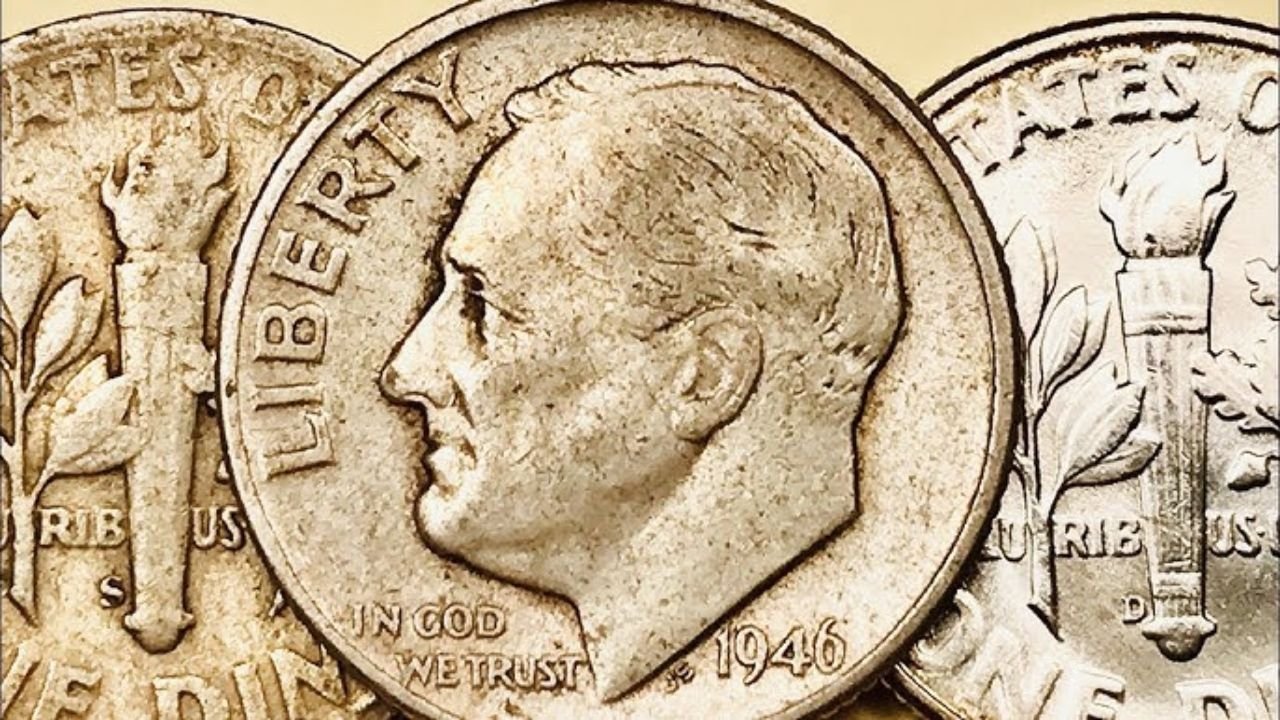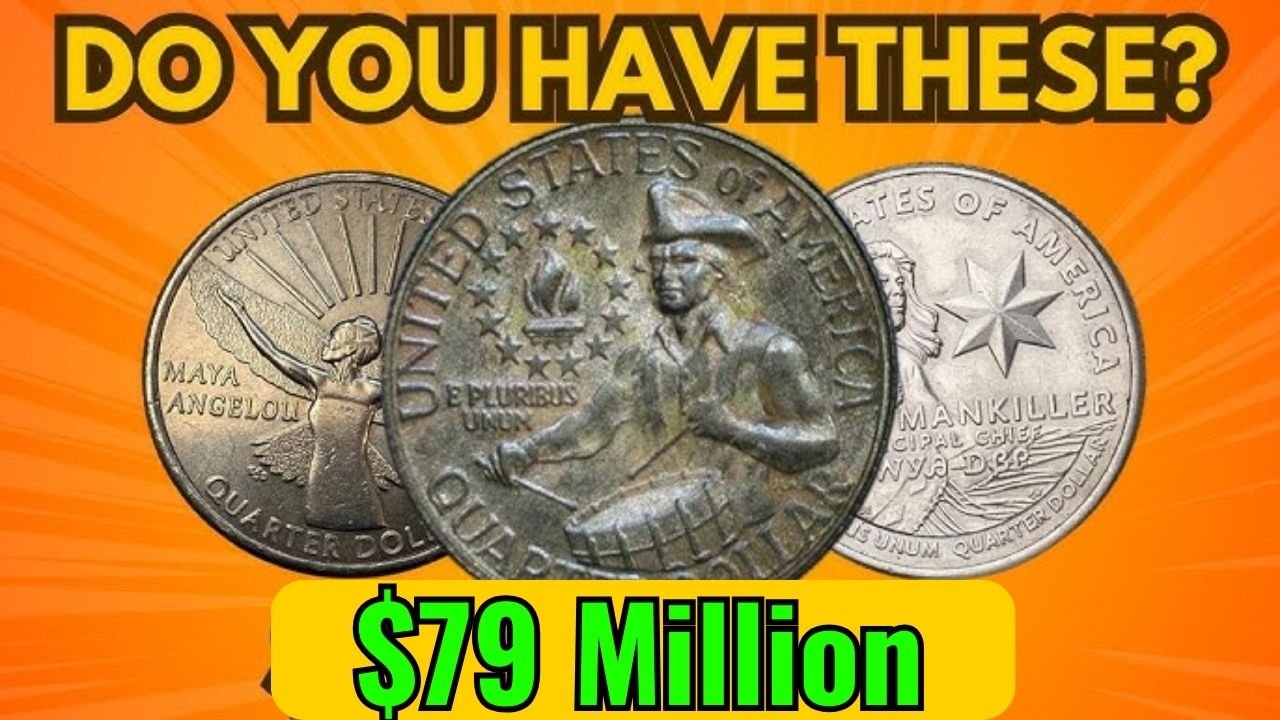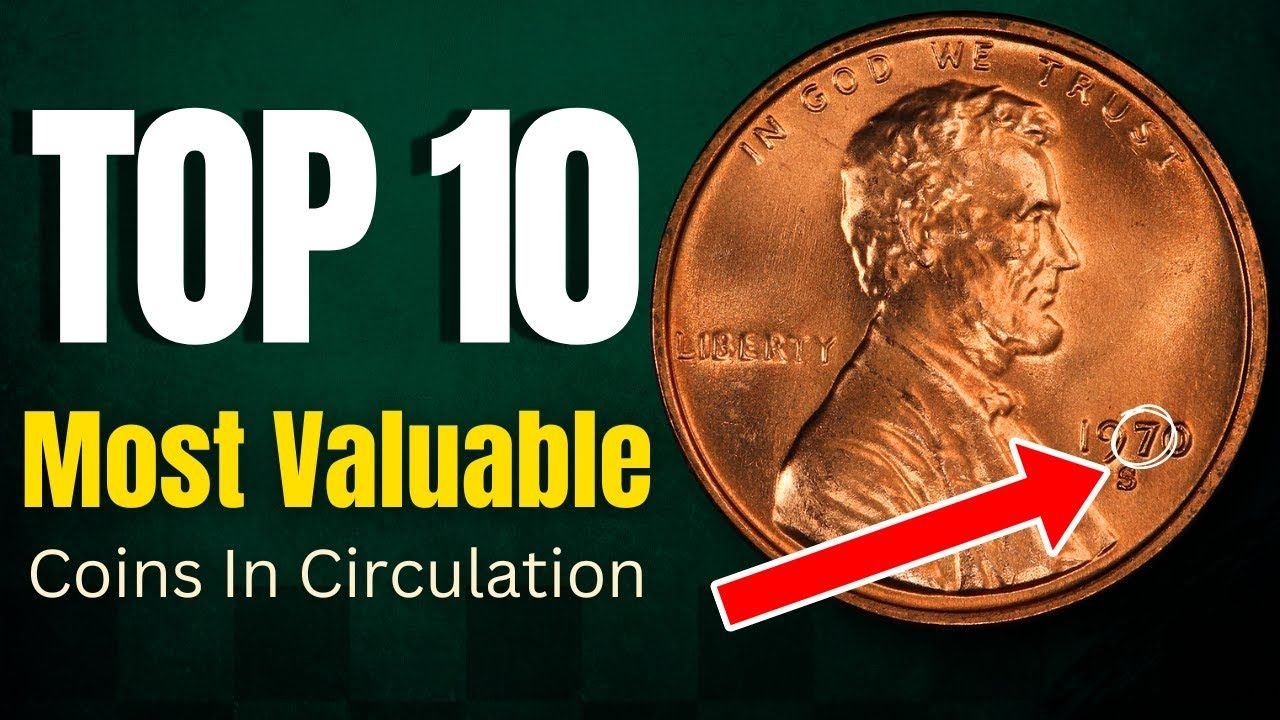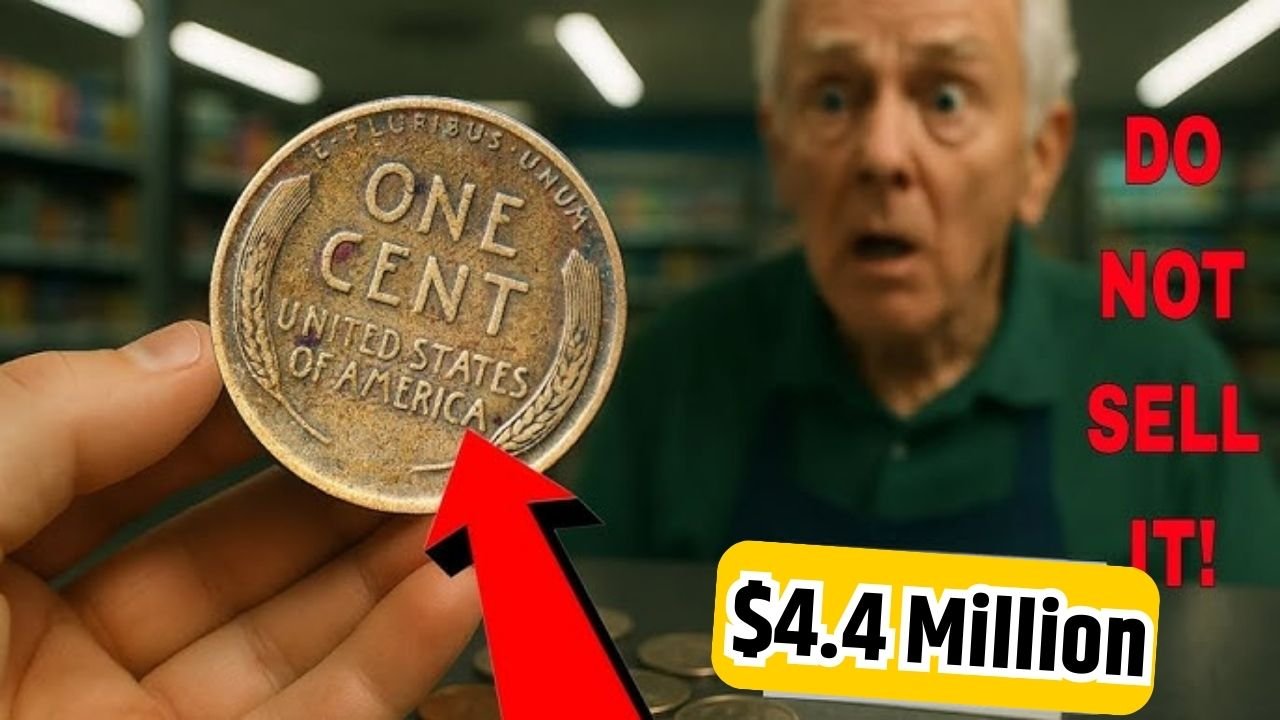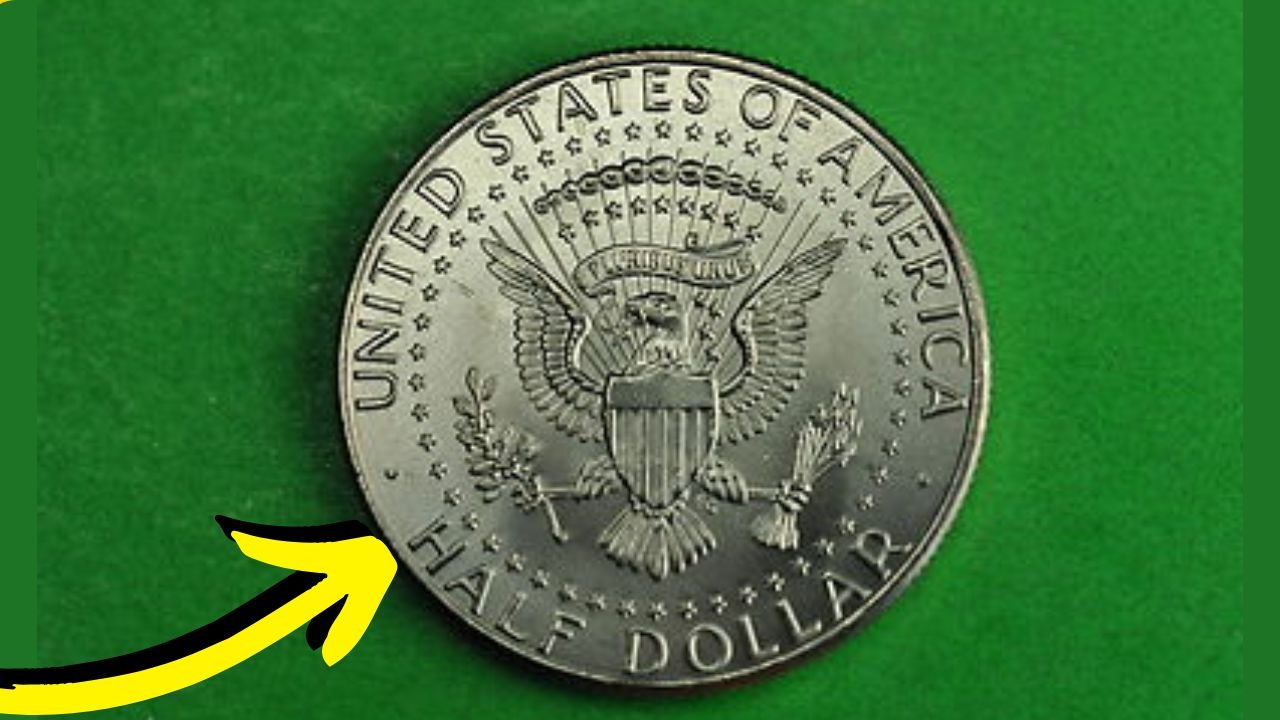Million-Dollar Buffalo Nickel: Among coin collectors, few treasures spark as much excitement as the legendary 1913 Liberty Head nickel. This unusual coin defies expectations—while Buffalo Nickels were officially introduced that year, a mysterious handful were struck with the previous Liberty Head design. These rare transitional pieces have captivated numismatists for generations, with one specimen selling for over $4 million at auction. But what makes these nickels so special, and could one still be waiting to be discovered?
A Coin That Shouldn’t Exist
The story begins in 1913, when the U.S. Mint replaced the Liberty Head nickel with James Earle Fraser’s iconic Buffalo design. Yet, for reasons still debated today, five Liberty Head nickels were struck that year—possibly as test pieces or keepsakes for mint officials. Unlike regular-issue coins, these were never meant for public circulation. Over time, their survival transformed them from curious anomalies into some of the most valuable coins in existence.
What Makes a Nickel Worth Millions?
While most Buffalo Nickels are common, certain factors elevate ordinary coins to extraordinary status:
Rarity and Historical Significance: The 1913 Liberty Head nickels stand alone in their mystique, but other dates also command attention. The 1926-S, with its minuscule mintage, and the famous 1937-D “Three-Legged Buffalo” (caused by an over-polished die) are prized for their unique stories. Each represents a moment in U.S. minting history, making them far more than just pocket change.
Condition Matters: A well-worn Buffalo Nickel might be worth little, but an example with crisp details—like the fine lines of the Native American’s braid or the buffalo’s powerful stance—can be worth thousands. Collectors scrutinize these features, as even minor wear significantly affects value.
How to Spot a Hidden Treasure
Searching for rare nickels requires patience and a sharp eye. Start by checking the date and mint mark (located beneath “FIVE CENTS” on the reverse). Key dates, like the 1918/7-D overdate or the 1921-S, are especially sought after. Examine the coin’s condition—focus on high points like the Native American’s cheekbone and the buffalo’s horn, where wear appears first. For error coins, use a magnifier to look for doubling in the date or lettering. Dramatic mistakes, like the missing leg on the 1937-D variety, are instantly recognizable to seasoned collectors. Remember, genuine mint errors have distinct characteristics that set them apart from damage caused after leaving the mint.
Preserving Your Finds
If you suspect you’ve uncovered a rare nickel, proper care is essential:
- Handle coins by their edges to avoid transferring oils from your fingers.
- Never clean or polish them—natural patina is crucial to their value.
- Store valuable coins in archival-quality holders to protect them from environmental damage.
- For authentication, turn to professional grading services like PCGS or NGC.
The Timeless Allure of Coin Collecting
Beyond their monetary worth, Buffalo Nickels are miniature works of art that capture America’s spirit during the early 20th century. Fraser’s design pays homage to the nation’s frontier heritage, making each coin a tangible piece of history. While finding a million-dollar nickel is unlikely, the possibility adds a thrill to the hobby. Every old nickel carries a story—perhaps passed down through generations or tucked away in an attic for decades. This connection to the past makes coin collecting uniquely rewarding, blending history, artistry, and the enduring hope of discovery. So next time you come across an old nickel, take a closer look. You might just be holding a numismatic legend in the palm of your hand.

